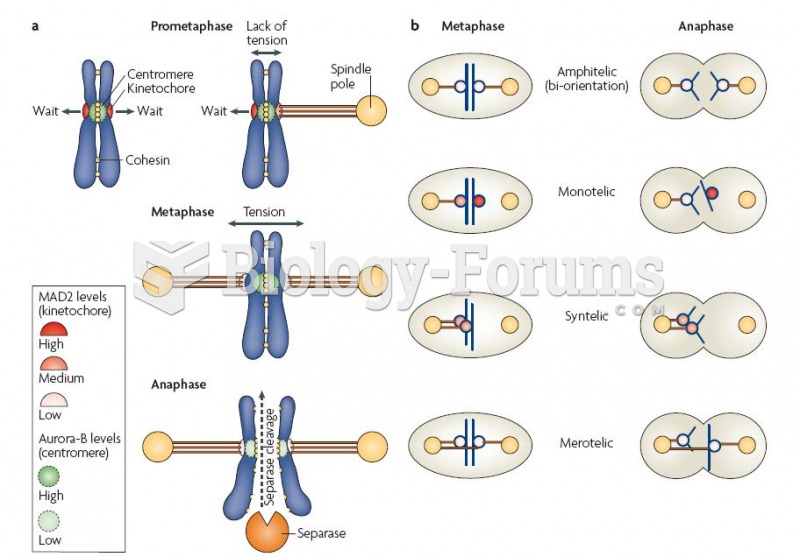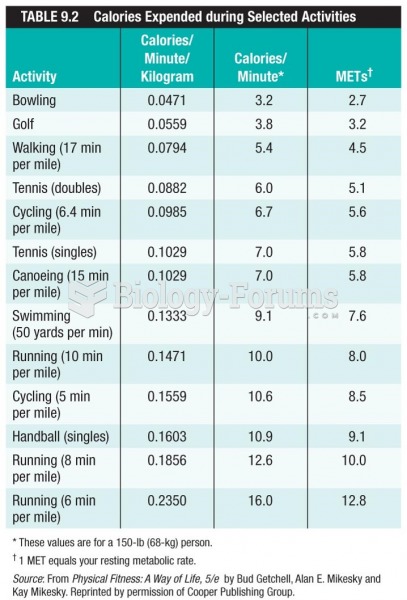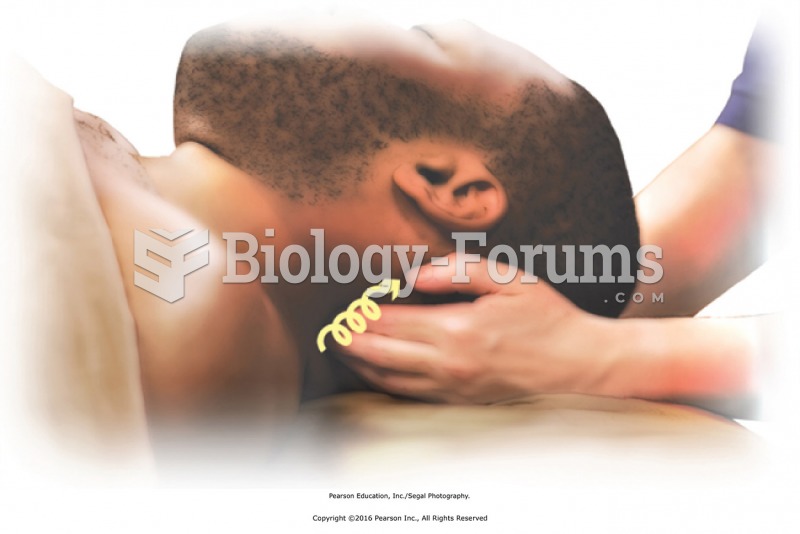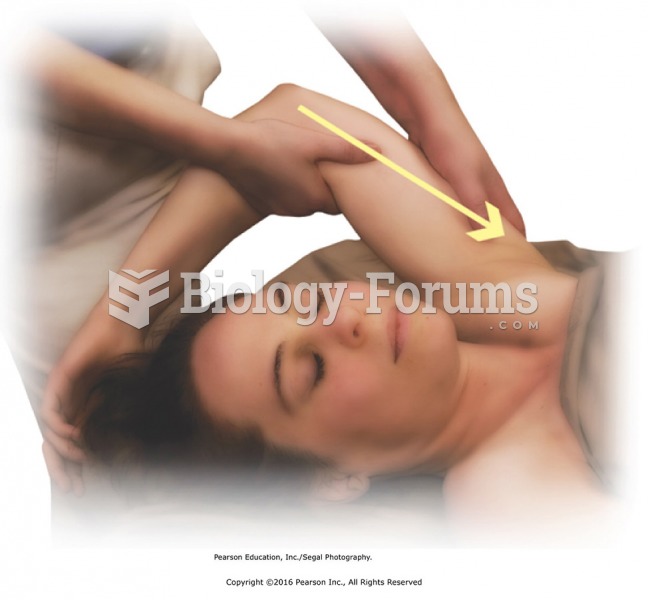Answer to Question 1
1, 2, 3, 5
Explanation: 1. The eight steps are create a sense of urgency; create a guiding coalition and mobilize commitment; form strategic vision and initiatives; enlist volunteer army; enable action by removing barriers; generate short-term wins; sustain acceleration; and institute change.
2. The eight steps are create a sense of urgency; create a guiding coalition and mobilize commitment; form strategic vision and initiatives; enlist volunteer army; enable action by removing barriers; generate short-term wins; sustain acceleration; and institute change.
3. The eight steps are create a sense of urgency; create a guiding coalition and mobilize commitment; form strategic vision and initiatives; enlist volunteer army; enable action by removing barriers; generate short-term wins; sustain acceleration; and institute change.
4. This is not part of the eight steps. This is a coping strategy for what Quinn describes as slow death.
5. The eight steps are create a sense of urgency; create a guiding coalition and mobilize commitment; form strategic vision and initiatives; enlist volunteer army; enable action by removing barriers; generate short-term wins; sustain acceleration; and institute change.
Answer to Question 2
1, 2, 4, 5
Explanation: 1. Clinical practice guidelines are used to support patient care coordination that is patient-centered.
2. Clinical pathways are used to support patient care coordination that is patient-centered.
3. Risk management is used to track high-risk errors and potential legal concerns that might lead to malpractice. It is not used to support patient care coordination that is patient-centered.
4. Disease management is used to support patient care coordination that is patient-centered.
5. Case management is used to support patient care coordination that is patient-centered.







